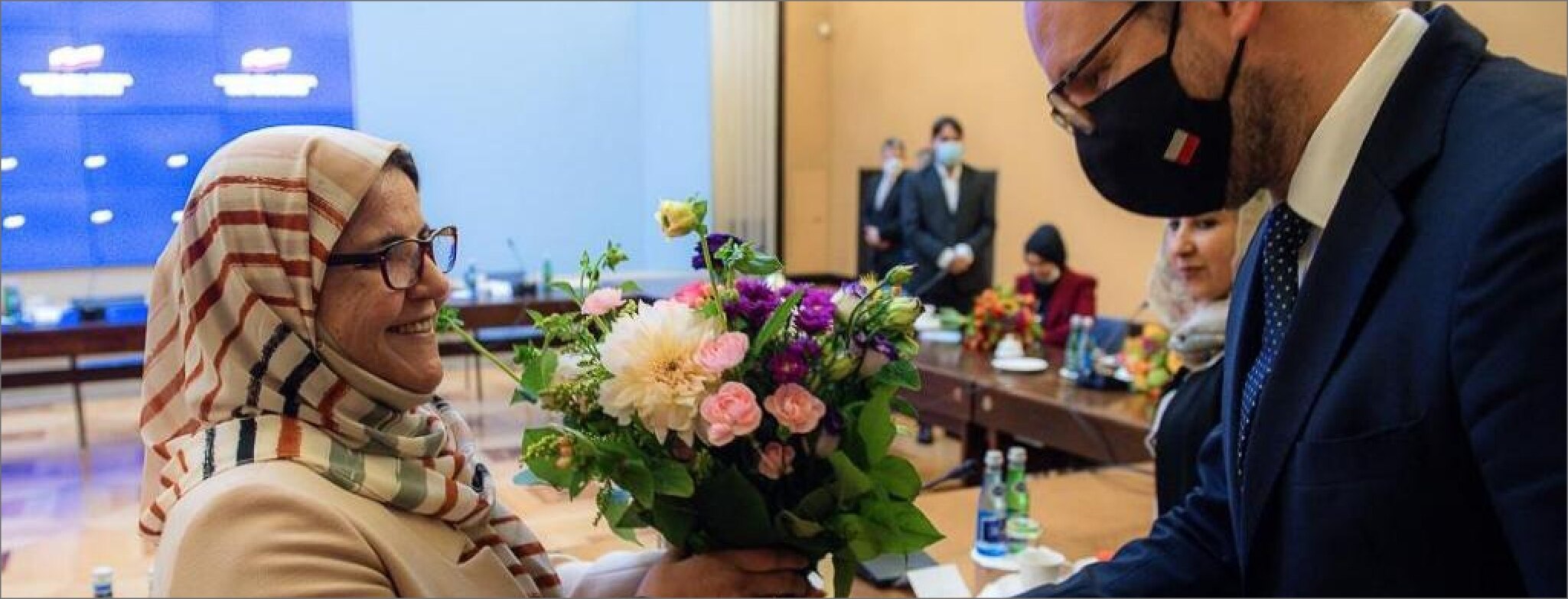Pro Bono Q&A: Capital Area Food Bank
DLA Piper has partnered with the Capital Area Food Bank (CAFB) for over a decade as part of the firm’s signature pro bono project focused on fighting hunger. In addition to serving on CAFB’s board and as outside counsel, our attorneys and staff volunteer at the food bank and participate in annual Food from the Bar campaigns. We’re inspired by CAFB’s efforts to provide food to residents of the Washington metro area facing hunger and food insecurity. In the first in a series of Q&As spotlighting food banks across the country, we talk with CEO Radha Muthiah about the challenges the organization is facing during the pandemic and ways the community can help.
Tell us about your organization and the community you serve.
Radha Muthiah: The Capital Area Food Bank is the anchor in the area’s hunger relief infrastructure. For forty years, we’ve supplied food to 450+ nonprofit organizations – including Martha’s Table, SOME (So Others Might Eat), DC Central Kitchen, Food for Others, Manna, and others – that in turn provide over 30 million meals a year to people in need. We also distribute food directly through 300 partner locations.
Well before the onset of the pandemic, hunger and food insecurity have affected hundreds of thousands of people throughout our region. Nearly 400,000 children, working adults, seniors, and other individuals in the Washington metro area experience food insecurity, meaning they aren’t always sure where their next meal will come from. That’s nearly 1 in 12 people. It’s a significant and widespread issue, but it’s also a hidden one. And it doesn’t discriminate – hunger knows no age, race, or religion. It also knows no zip code and can be found in every community in our area.
Even as we respond to help those who were already experiencing food insecurity, we anticipate that the numbers of those experiencing hardship will rise significantly in the months and even year to come as a result of business failures and other economic effects of the pandemic.
How has the pandemic changed your daily operations?
Radha: The pandemic has rapidly accelerated the need for emergency food in our community. Many of our nonprofit partners are reporting between 30 and 400% increases in the numbers of people walking through their doors. Some of the individuals they are assisting are seeking help creating the one to two week supplies of food that many preparedness organizations have advised to have on hand. Others are newly unemployed in an economy rocked by recent events. Our Hunger Lifeline, which community members in need of assistance can call to help locate a resource nearby, is also seeing a 300% increase in call volume.
This increase in demand is occurring against a backdrop of dramatic reductions in donated food; the closure of half of our network partners because they are unable to operate in this environment of social distancing; and a reduction in the number of volunteers we are receiving. To ensure that those in need continue to receive food, we have had to adjust our operating model. We are distributing more food out to our partner network through “hubs” (large partners that have the capacity to remain open at this time); providing emergency boxes of shelf stable goods and distributing them to families at “pop up pantries” throughout the community; making grab-and-go meals available to kids; and continuing to provide boxes of supplementary groceries to seniors.
What is the greatest need right now, and how should people reach out if they want to help?
Radha: In regular times, donated food comprises about 60% of the food bank’s inventory (representing an in-kind value of approximately $2.5 million per month). In the last two months, however, the supply chain impacts of COVID-19 have created a precipitous decline in retail donations, and the food bank is currently having to purchase much more food. In April alone, CAFB will purchase almost 90 truckloads of food – more than twice what we would ordinarily purchase in an entire year – just to keep our inventory levels steady between now and June. We anticipate that similar purchasing levels may need to continue as we move into the summer.
Because of the resource-intensive nature of buying food, and because the food bank can procure volumes of food for significantly less than individuals would pay at a grocery store, monetary donations are the single most useful way to support the food bank right now.
We are also in need of volunteers. In the coming weeks and months, we will be continuing to pack and distribute a significant number of emergency food boxes – 25 pound boxes of shelf-stable food that will help feed a family of four for 4-5 days – and need the assistance of those who are healthy and able to give of their time to help others during this critical moment.


